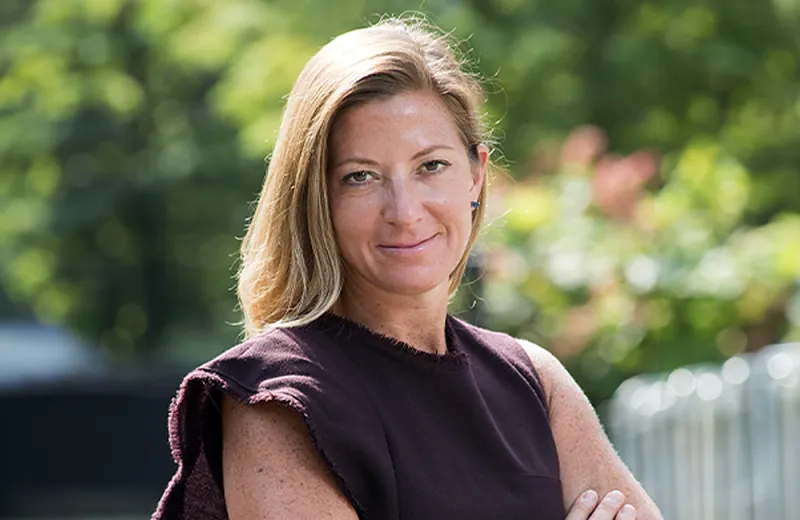RWJBarnabas Health is forging a new strategic asset allocation as CIO Kathleen Jacobs works to strike the balance between short-term liquidity needs and higher long-term returns.
The changes to the $4.5 billion healthcare portfolio include building out its private equity allocation and eyeing overseas assets — not unlike many other allocators at the moment.
Jacobs told Institutional Investor that she and her seven-person investment team began the multi-year process toward establishing a new strategic asset allocation after implementing a liquidity reserve for the hospital system’s operating expenses.
“We are spending the majority of our time today on public equity, private equity, hedge funds, and real assets,” she explained, adding that the team has a preference toward equity long-short and absolute return hedge funds, which Jacobs believes should thrive in today’s market.
The investment team moved RWJBarnabas Health’s risk targets once the asset allocation was determined and is now gradually working toward the new asset allocation targets for the long-term pool.
“We’re going to take our time getting to our asset class targets, stick with our risk targets, then take advantage of opportunities from within that framework,” Jacobs said.
A More Efficient Asset Allocation
Shortly after joining the healthcare system as CIO in 2023, the former NYU investment chief created a liquidity reserve holding cash-like securities to create what she described as a more efficient overall asset allocation for the system’s operating funds, with higher expected long-term returns.
By separating out cash for potential operating needs from assets the system doesn’t expect to tap into over the short- to medium-term, the investment office can use the longer-term pool made up of globally diversified assets to target higher returns. Jacobs explained that this includes increasing the equity allocation and incorporating high-returning strategies like private equity.
Now, the Allocators’ Choice Awards finalist is eyeing diversification away from domestic assets. “The portfolio today is biased towards the U.S.,” Jacobs said. “But going forward we need to consider the possibility of the degradation of U.S. exceptionalism in portfolios. It’s the first time that people have had to think about this in over a decade.”
During volatile times like these, Jacobs said the most important thing is to create a long-term strategic allocation. “Our goal is not to shoot the lights out in a single year,” she said. “What I learned, in volatile times, is if you have a solid basis for your strategic asset allocation, it’s critical to stick with that.”
While Jacobs has always been a fundamental long-term investor (“You won’t ever see me speculating”), she has refined her investment philosophy based on some of her mistakes in the past.
“About a decade ago I took too much factor risk,” she said. “I really thought value was so cheap relative to growth. That taught me to be more mindful and balanced. Now I’m more focused on balance in a portfolio. It keeps us from getting dramatically offsides within the market.”







